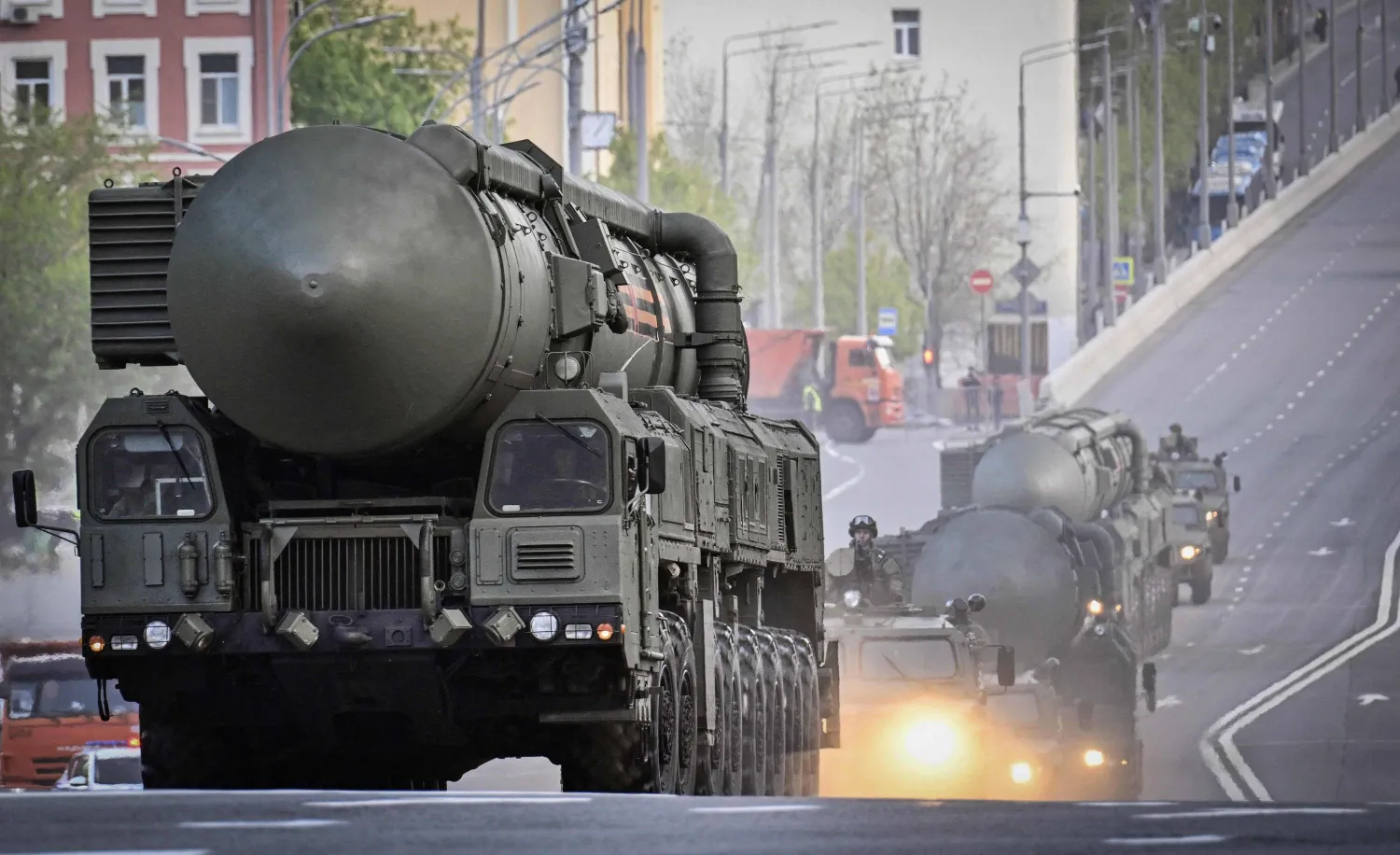When Egyptian soldiers crossed the Suez Canal, and their Syrian counterparts stormed the Golan Heights on the afternoon of October 6, 1973, perhaps they did not foresee the intricate calculations and unprecedented transformations that would follow the military clashes.
Nevertheless, to varying degrees, these events shaped the course of politics and diplomacy, ushering the region into a new era known as the “post-October” period, where Arab destinies intersected with the strategies of major powers.
Around half a century has passed since the “last of the battles” between Egypt and Israel, during which nearly 45 years of peace have prevailed between the two countries.
Some describe this peace as “cold” since it remains limited to official relations without extending to popular normalization.
The “psychological barrier” towards Israel persists, untouched by the years of peace, yet others view the resilience of the Cairo-Tel Aviv peace amid internal transformations and regional storms as a success in its own right.
On March 26, 1979, under the sponsorship of then US President Jimmy Carter, Egyptian President Anwar Sadat and Israeli Prime Minister Menachem Begin signed a peace treaty.
However, bilateral relations between Egypt and Israel continue to remain confined to official aspects, whether in diplomacy or security, while economic relations have taken an upward trajectory over the past two decades.
The US has sought to encourage both countries to enhance cooperation beyond the political stalemate and Egyptian popular resistance to normalization.
This was achieved through the 2004 Qualified Industrial Zones (QIZ) agreement in Egypt, allowing duty-free access to the US market for goods produced with at least 10.5% Israeli inputs.
Despite some business leaders attempting to break the “silence barrier” in relations between the two countries, the volume of trade between them has remained limited, totaling $270 million annually in the past year.
Israel exports goods worth $150 million to Egypt, while importing $115 million, according to official Israeli statistics from the Ministries of Industry and Trade, and Economics.
Updated Egyptian data on this matter remains unavailable.
In addition to “limited” economic cooperation, relations between the two nations have managed to overcome a series of crises, some of which were related to security incidents, such as border skirmishes.
The most recent incident was in June last year and resulted in the deaths of 3 Israeli soldiers and one Egyptian security personnel.
A statement from the Egyptian army stated that they were “pursuing smugglers on the border with Israel.”
This incident was not the first of its kind. In October 1985, the “Ras Burqa” operation occurred, executed by the Egyptian soldier Suleiman Khater, resulting in the deaths of seven Israelis in a border area between the two countries.
In November 2004, Egypt protested the killing of three Egyptian Central Security Forces personnel after an Israeli tank fired a shell across the border between Egypt and the Gaza Strip.
In August 2011, an Israeli airstrike along the Egyptian border south of Rafah led to the deaths of five Egyptian border guards, for which Israel later issued a formal apology.
Relations between the two countries have also endured regional conflicts, including the wars in Lebanon (1982 and 2006), the Palestinian uprisings (1987 and 2000), and repeated Israeli aggressions on the Gaza Strip.
Egypt has managed to utilize its communication with Tel Aviv to halt these aggressions on several occasions, marking Egyptian success on both regional and international fronts.
Despite changes in Egypt’s government system and shifts in Israel’s leadership, relations between the two nations have maintained a degree of stability.
However, this has not succeeded in altering the popular stance in Egypt, which remains opposed to normalization with Israel.
This sentiment reached its peak following the events of January 25, 2011, when enraged protesters entered an annexed apartment of the Israeli embassy, removed the Israeli flag from the top of the building.
Additionally, Egypt terminated a long-term agreement through which it supplied natural gas to Israel after the pipeline crossing the border was subjected to frequent acts of sabotage.
Ahmed Youssef Ahmed, a professor of political science and former dean of the “Arab Research Institute,” attributes the resilience of the peace relationship between Egypt and Israel to the former’s commitment to its international obligations.
He also highlights what he refers to as “political realism,” considering regional and international circumstances.
In statements to Asharq Al-Awsat, Ahmed points out that the relationship between the two parties indeed appears to be a “cold peace.”
According to Ahmed, this peace has remained confined to official frameworks, with the minimum necessary for security and diplomatic arrangements being upheld.
However, it has never transitioned into a “warm peace,” at least not at the popular level.
On the other hand, Ahmed believes that Egyptian popular rejection of normalization with Israel “remains strong” and describes it as a “remarkable stance.”
This reflects the commitment of the Arab regime not to normalize relations until the Palestinian issue is resolved.
Ahmed points out that Egyptian authorities have “never attempted at any stage since signing the peace agreement with Israel to pressure unions and parties to change their positions or attempt to brainwash their citizens into accepting normalization with Israel.”









